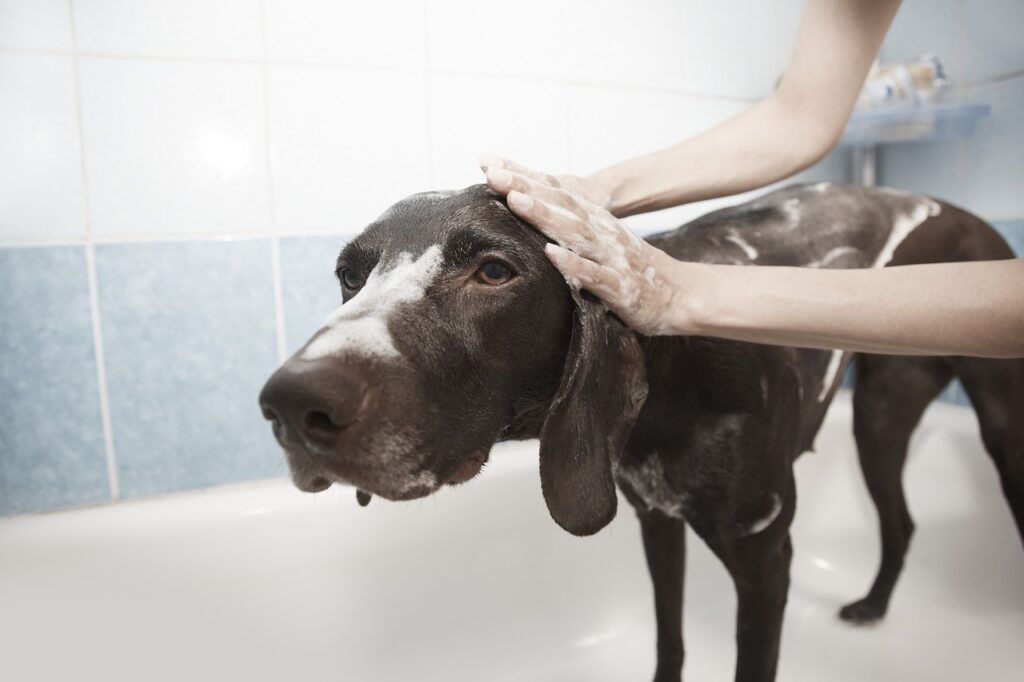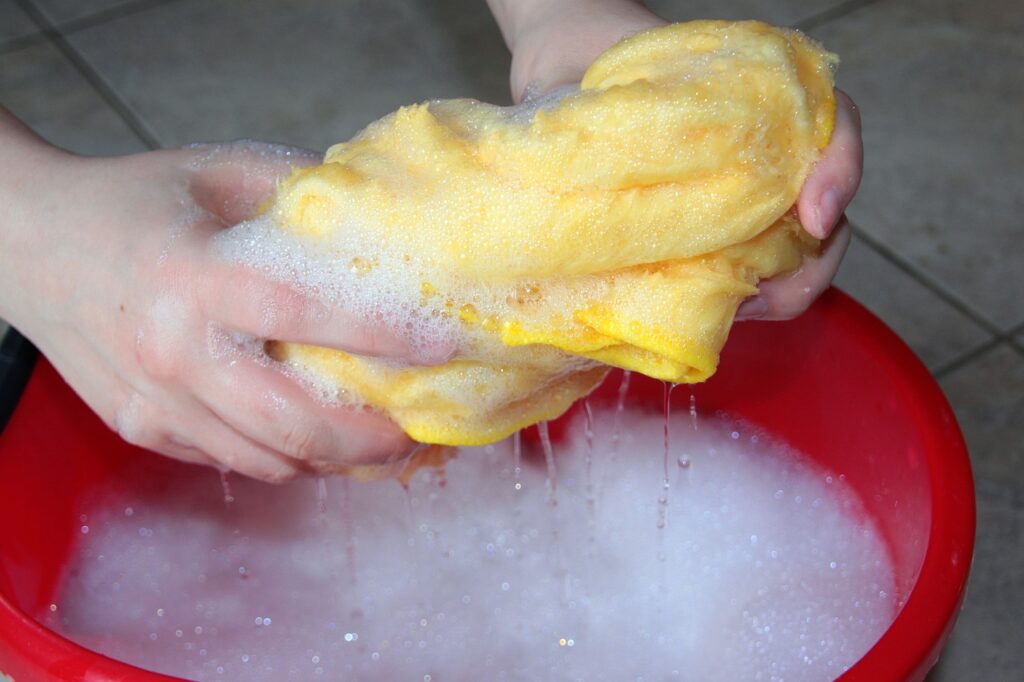Table of Contents
Do bidets require any special cleaning or maintenance?
Yes, bidets require some special cleaning and maintenance to keep them hygienic and functioning properly. It is important to follow the manufacturer’s instructions for cleaning and maintenance, which may vary depending on the type of bidet.
Some common maintenance tasks include regularly cleaning the nozzles and the inside of the bidet bowl, checking for and repairing any leaks, and replacing any worn-out parts. It is also important to use only approved cleaning solutions and to avoid abrasive or harsh cleaning products that could damage the bidet’s finish or components.
Additionally, it is a good idea to periodically inspect the bidet’s hoses and connections to ensure that they are secure and functioning correctly. By following these maintenance guidelines, you can help ensure that your bidet remains clean, functional, and hygienic for years to come.

How do I clean and maintain my bidet?
The specific cleaning and maintenance instructions for your bidet may vary depending on the type and model you have. However, here are some general guidelines for cleaning and maintaining a bidet:
- Regularly clean the nozzles and bowl: Use a mild soap or cleaning solution and a soft cloth or brush to clean the nozzles and bowl of your bidet. Make sure to rinse thoroughly with water.
- Check for leaks: Periodically inspect your bidet for any leaks, and repair them promptly if you find any. Leaks can cause damage to the bidet and surrounding areas if left unattended.
- Use approved cleaning solutions: Only use cleaning solutions that are approved for use with bidets. Avoid using harsh or abrasive cleaning products that can damage the bidet’s finish or components.
- Replace worn-out parts: Over time, some components of your bidet may wear out or become damaged. It is important to replace these parts as soon as possible to keep your bidet functioning properly.
- Inspect hoses and connections: Check the hoses and connections of your bidet periodically to ensure that they are secure and functioning correctly. Loose or damaged hoses and connections can cause leaks and other problems.
By following these guidelines, you can help ensure that your bidet remains clean, hygienic, and functioning properly for years to come.
Can bidets be used for other purposes, such as cleaning clothes or pets?

While bidets are primarily designed for personal hygiene purposes, some people have found alternative uses for them, such as cleaning clothes or pets. However, it is important to note that bidets are not specifically designed for these purposes, and there may be potential risks or drawbacks to using them in this way.
Using a bidet to clean clothes could potentially damage the bidet’s components or cause clogs in the plumbing system. Similarly, using a bidet to clean pets could also cause damage to the bidet or potentially harm the pet if the water pressure is too high or the temperature is too hot.
If you are considering using a bidet for alternative purposes, it is important to check the manufacturer’s instructions and guidelines to ensure that you are not damaging the bidet or risking injury to yourself or others. Additionally, it may be a better idea to use alternative cleaning methods that are specifically designed for clothes or pets.
How do I clean and maintain my bidet sprayer attachment?
Here are some general guidelines for cleaning and maintaining a bidet attachment:
Regularly clean the nozzles
Use a soft cloth or brush and mild soap or cleaning solution to clean the nozzles of your bidet spray attachment. Make sure to rinse thoroughly with water.
Check for leaks
Periodically inspect your bidet toilet attachment for any leaks, and repair them promptly if you find any. Leaks can cause damage to the bidet attachment and surrounding areas if left unattended.
Use approved cleaning solutions
Only use cleaning solutions that are approved for use with bidet attachments. Avoid using harsh or abrasive cleaning products that can damage the bidet attachment’s finish or components.
Replace worn-out parts
Over time, some components of your bidet attachment may wear out or become damaged. It is important to replace these parts as soon as possible to keep your bidet attachment functioning properly.
Inspect hoses and connections
Check the hoses and connections of your bidet attachment periodically to ensure that they are secure and functioning correctly. Loose or damaged hoses and connections can cause leaks and other problems.
Empty the water reservoir
If your bidet attachment has a water reservoir, it is important to empty and refill it regularly to prevent bacteria and mold growth.
By following these guidelines, you can help ensure that your bidet attachment remains clean, hygienic, and functioning properly for years to come.
How do I clean a handheld bidet?
Here are some general guidelines for cleaning a handheld bidet:
- Disassemble the bidet: If possible, disassemble the handheld bidet according to the manufacturer’s instructions before cleaning.
- Rinse with water: Rinse the bidet thoroughly with warm water to remove any debris or residue.
- Clean with soap: Apply a mild soap or cleaning solution to the bidet and use a soft cloth or brush to gently scrub the surfaces.
- Rinse again: Rinse the bidet thoroughly with warm water to remove any soap or cleaning solution.
- Disinfect if necessary: If desired, you can use a disinfectant solution to further sanitize the bidet. Make sure to follow the instructions on the disinfectant solution carefully.
- Dry the bidet: Wipe the bidet with a clean towel or cloth to remove any excess water, and allow it to air dry completely before reassembling and using again.
It is important to follow the manufacturer’s instructions for cleaning your specific handheld bidet, as different models may have different cleaning requirements. Additionally, it is recommended to clean your handheld bidet regularly to prevent the buildup of bacteria or other harmful substances.
How do I know when my bidet attachment is clean and ready to use?

It is important to ensure that your bidet attachment is properly cleaned and sanitized before using it again. Here are some signs that your bidet attachment is clean and ready to use:
- No visible dirt or debris: After cleaning your bidet attachment, inspect it closely to make sure there is no visible dirt or debris on the surfaces.
- No unpleasant odors: If there is any unpleasant odor coming from your bidet attachment, it may indicate that it has not been properly cleaned.
- Disinfected if necessary: If you have used a disinfectant solution to clean your bidet attachment, make sure to follow the manufacturer’s instructions carefully to ensure that it has been properly disinfected.
- Dried completely: Make sure your bidet attachment is completely dry before using it again. Moisture can promote the growth of bacteria or other harmful substances.
By following these guidelines, you can help ensure that your bidet attachment is properly cleaned and sanitized before using it again. If you are unsure if your bidet attachment is clean, it may be a good idea to clean it again to be sure.
How often should you clean a bidet?
It is recommended to clean a bidet after every use, just like you would with a toilet. This helps to maintain good hygiene and prevent the buildup of bacteria or other harmful substances.
Additionally, it is important to perform a more thorough cleaning of your bidet on a regular basis. The frequency of this cleaning will depend on how frequently the bidet is used, but a general guideline is to perform a deep clean at least once a week.
If you have a bidet attachment, it is also recommended to follow the manufacturer’s instructions for cleaning and maintenance to ensure that it remains in good working condition. This may include cleaning the nozzles, checking for leaks, and replacing any worn-out parts.
Overall, cleaning your bidet regularly is an important part of maintaining good hygiene and preventing the spread of bacteria or other harmful substances.
